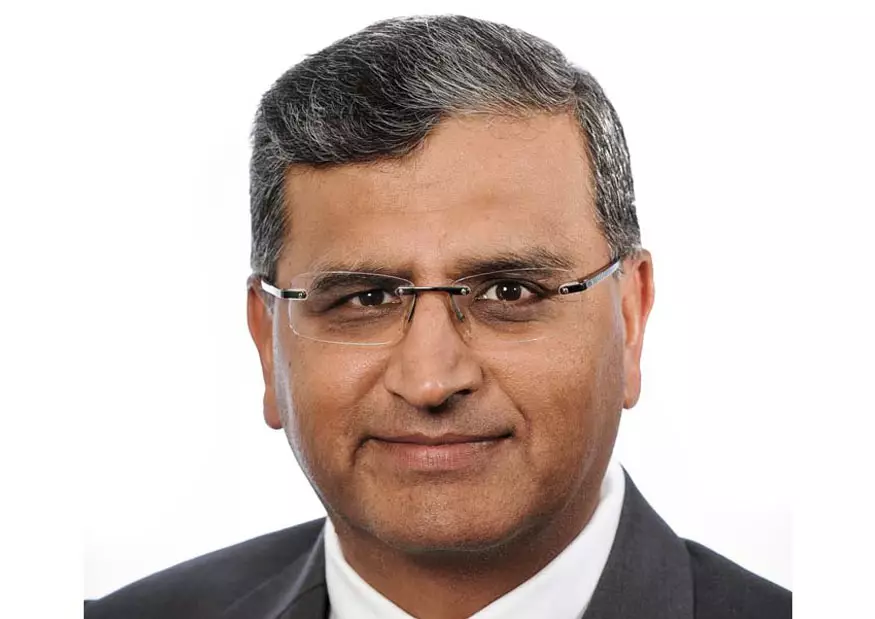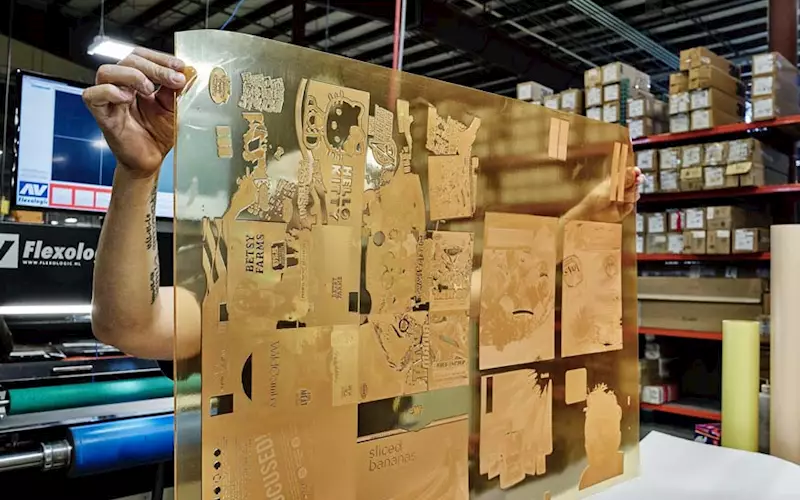How Kodak aims to define the growth of print in India
Repro India, Pinmark, K L Hi-Tech, Progressive Printing Press, VRL Logistics and Anupama Printing Solutions take the Kodak story forward amidst the predicted rise of print in India
20 Jul 2018 | By PrintWeek India
According to the NPES (rebranded as the Association of Print Technologies, or AP Tech) and The Mechanical Engineering Industry Association’s (Verband Deutscher Maschinen- und Anlagenbau – VDMA) Worldwide market for print 2.0: Global opportunities in publishing printing and marketing & commercial printing (2012-21) report, the Asia Pacific region is expected to outperform all other regions in terms of both the publishing printing and marketing and commercial printing industries, with India one of the key growth countries in this region.
Predicted to grow at a rate of 8.1% per year between 2016 and 2021, India’s publishing printing market will surpass France and the UK in 2020 to become the fourth biggest publishing market by 2021 – adding $1.2bn of revenue during this time. The same goes for the country’s marketing and commercial printing market, which is expected to see a compound annual growth rate in the local currency of 7.7% - the second highest globally – which will see a revenue growth of $957m by 2021.
Growth projections for the packaging printing market are equally favourable, with India expected to top the growth rate charts at 12.5% between 2016 and 2020. This will see the country climbing the ranks of the print packaging industry to become the fourth largest ($18.6bn) by 2020, according to NPES in its report titled Worldwide market for print 2.0: Packaging (2011-2020).
Drivers for growth
There are a number of key drivers behind India’s optimistic growth potential. A rapid rise in literacy rates and education levels, urbanisation, commercial development and rising incomes are all contributing to the growth of the Indian print and packaging printing industry.
Komal Sharma, regional director for Middle East, Africa and South Asia, Kodak, comments: “Population and economic growth have fostered urbanisation in the country and the number of urban towns and cities has drastically increased. This means that more people than ever have the economic ability to invest in brands and premium products, and the print industry is adapting to satisfy the requirements.”

Komal Sharma, regional director for Middle East, Africa and South Asia, Kodak
Various governmental and non-governmental literacy and education programmes have contributed to the rapid rise in literacy rates in India – confirmed at 74% after the 2011 census. This, together with a fast growing population and urbanisation, results in the news and other content becoming more localised in regions.
Diverse print portfolio
Kodak’s stable of machinery for the printing technology includes Kodak’s Achieve and Trendsetter platesetters, Sonora process-free plates, Flexcel NX flexo platesetter, NexPress digital printing press, Prosper inkjet printing press and Prinergy workflow.
“Kodak Achieve and Trendsetter platesetters are chosen not only for their productivity but also for their reduced footprint and up to 80%-95% reduction in energy usage compared to similar offerings,” says Sharma.
The company’s Sonora process-free plates have seen “a growth of nine per cent worldwide over the past year as more and more printers are focusing on green credentials and water, chemistry and energy savings,” according to Sharma.
Surat-based Progressive Printing Press, a commercial print service provider utilises Kodak’s Sonora process-free plates and Kodak Trendsetter Q400. Imaging an average of 7,000 plates/month, the company is one of the largest Sonora plate users in India.
“As we solely produce high-end fashion catalogues, print quality is naturally one of our key concerns,” explains Latif Sanchawala, director at Progressive Printing Press. “Furthermore, by using the process-free technology we feel more environmentally responsible. The elimination of processing gives us a great boost in productivity too. We have increased the platemaking productivity by 60%.”
Raju Hiremath, assistant general manager at VRL Logistics, adds, “By switching to Sonora process-free plates we have had substantial savings.” Ask him how and Hiremath explains, “We have been able to remove 20 plate processors, which in turn allows us to save around 440 litres of water per day. Furthermore, we save around 820 kWh of energy per day.”
India has also experienced an increase in the number of flexo presses installed. This is indicative of what was reported in the Drupa fifth Global Trends report, which stated that flexo is the most popular investment choice in packaging for 2018. The Flexcel NX System has captured the attention of a great number of Indian flexo pre-press providers and printers – including those looking to convert gravure print production to flexo. Flexo benefits include greater substrate flexibility, including printing on lightweight films, and shorter lead times.
“Kodak’s Flexcel NX System was a natural choice for us when we expanded into the flexible packaging and label market,” says Tarun Katyal, owner and director of Delhi-NCR based pre-press bureau Anupama Printing Solutions. “It allowed our customers to achieve deeper solids and crisper text, while the speed allowed us to maximise productivity.”
Ahmedabad-based Pinmark, the first Indian trade shop to install the Flexcel NX System chose Kodak for the wider colour gamut that can be achieved. “It has enabled our customers to win various awards in printing,” explains Rutul Zaveri, a partner at Pinmark.
The Nexpress, Kodak’s sheetfed electrophotographic printing (EP) offering, is utilised by print service providers across the country for a variety of applications, including Aadhaar (UIDAI) cards, textiles, promotional brochures and pamphlets.
K L Hi-Tech, based in Hyderabad, India, utilises the Nexpress to produce almost a third of India’s Aadhaar cards. Since the company started production of the cards in 2012, it saw print volumes of 5,00,000 and upwards.
“The Nexpress covers customer emergencies and short-run jobs of between 50 and 200 catalogues. As it can be calibrated with the offset press, it can deliver virtually the same print quality as offset,” says Sharma.
While the Indian print market has been slow in the adoption of inkjet print technology Repro India seems to have revolutionised the Indian publishing market with huge investments in inkjet technology. The Kodak Prosper 1000 press is a part of this investment in inkjet.
Rishi Kharalkar, head of supply chain and operations, Repro India, comments: “Kodak’s Prosper 1000 is the perfect device for shorter print runs of 30 – 2,000 pages and has enabled us to bring together a range of India’s biggest publishers through a large database and digital storefront. We now produce an average of 70 million A4 pages per month on Kodak Prosper 1000.”
There has also been an uptake on Kodak’s Prosper S-series printing heads head for packaging, labelling and security printing applications, installed onto conventional presses to allow for a hybrid printing option. “The imprinting system has proven ideal for the production of lottery tickets (6.2 million tickets per day) and promotional or loyalty customer programs,” says Sharma.
Finally, over 700 Indian commercial printing and printed packaging service providers utilise Kodak’s Prinergy and Prinergy Evo workflow.
Sharma concludes: “The print and printed packaging industry in India has a bright future, and Kodak will continue to play a key part in it. Printers are diversifying and aligning with trusted global technology partners with offerings that allow them to differentiate themselves and deliver economic benefits.”











 See All
See All